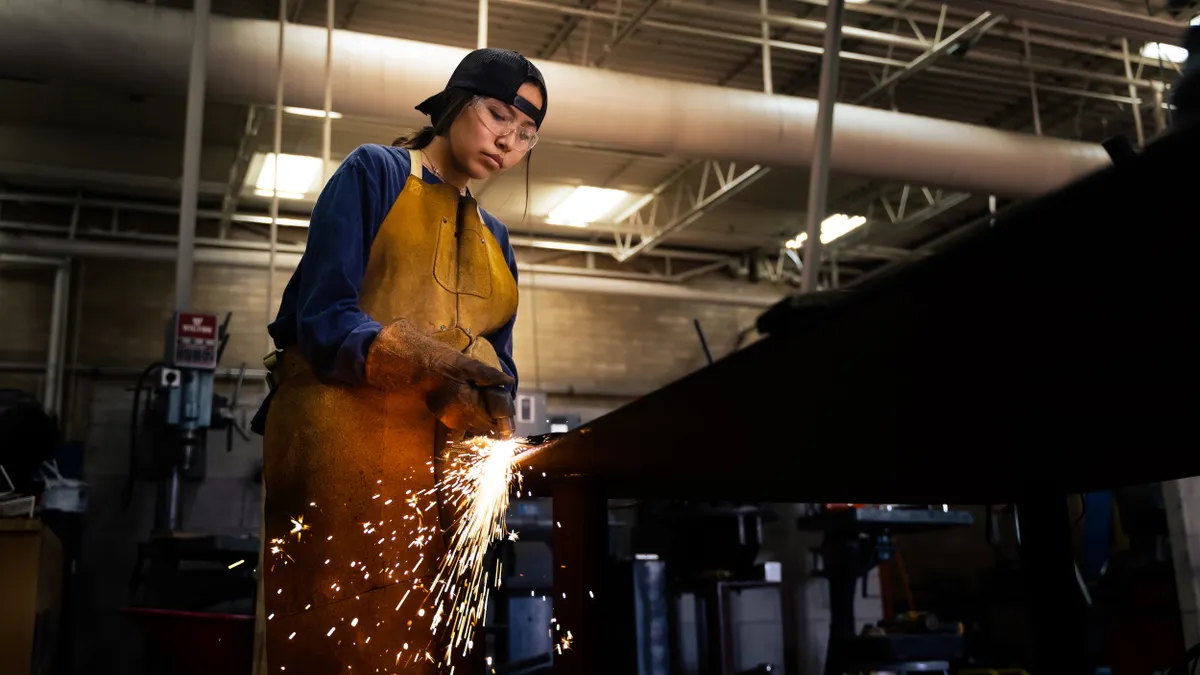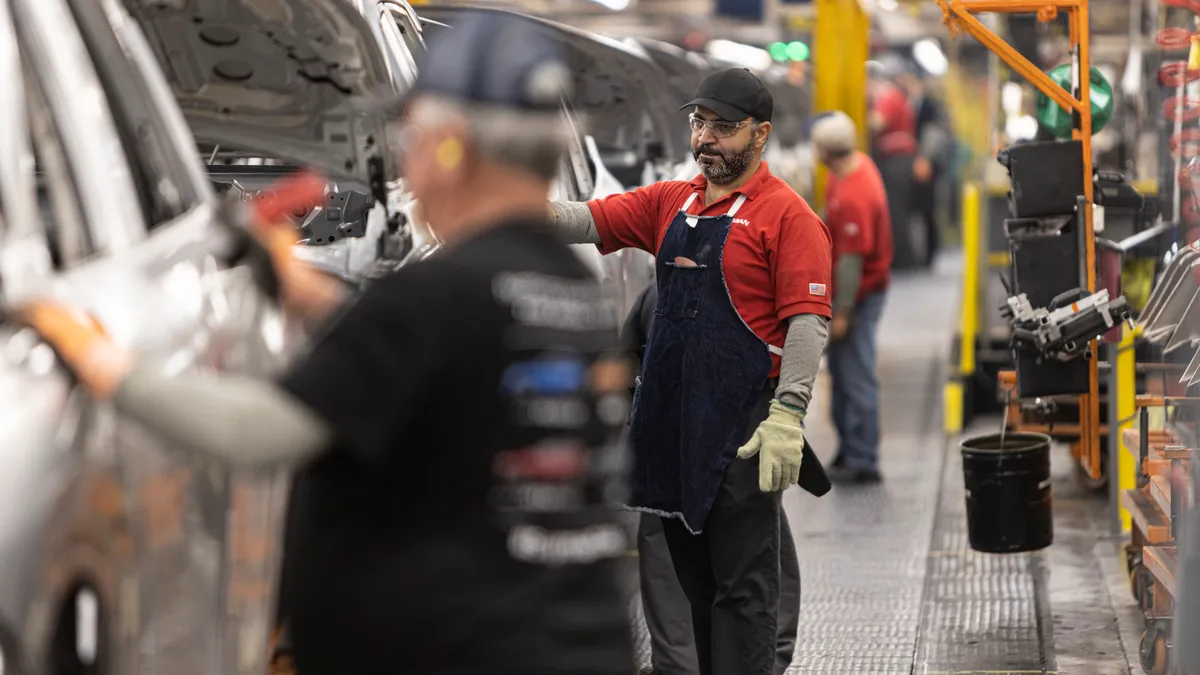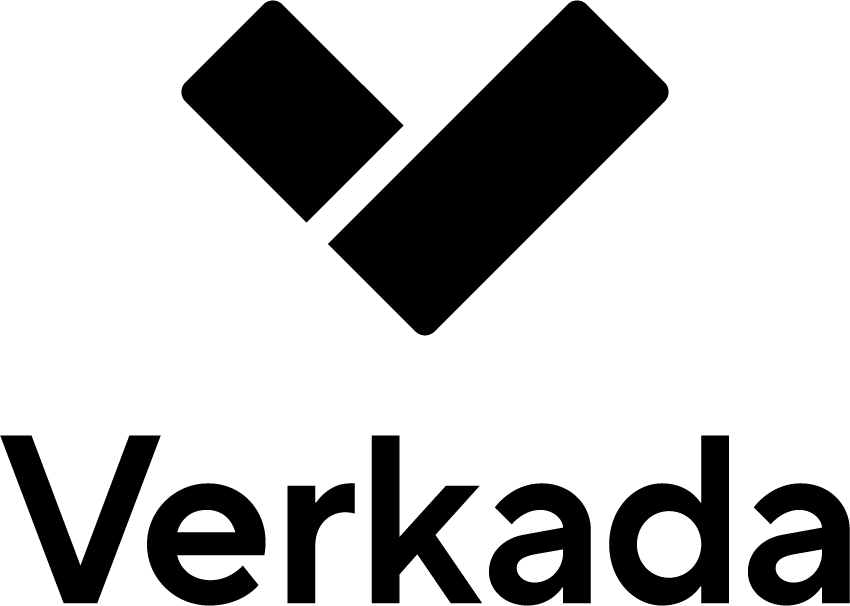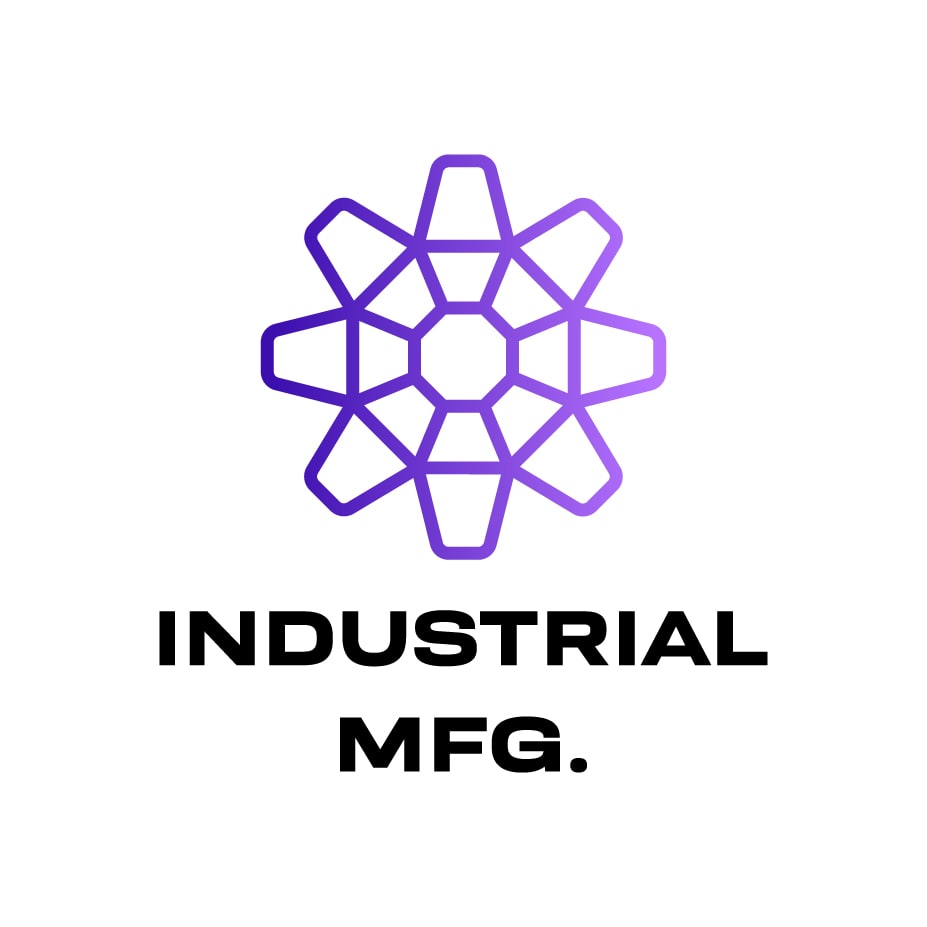A new tax law, signed on July 4, has many implications for manufacturers beyond locking in a 21% corporate tax rate. Now, companies are sorting through major changes that could allow them to write off investments in equipment, factories, R&D and more.
The law, known as the One Big Beautiful Bill Act, retroactively extends 100% bonus depreciation for qualifying machinery and other property acquired after Jan. 19, 2025. This means businesses can immediately deduct the full cost of such investments from the year’s taxable income.
President Donald Trump’s 2017 Tax Cuts and Jobs Act, or TCJA, also offered 100% bonus depreciation, but the deductions were scheduled to be phased down starting in 2023 and only allow manufacturers to deduct a decreasing amount upfront with each passing year. The new law reverses the phase-down schedule and lets businesses claim a full and immediate deduction going forward.
Several of the law’s clauses are set to result in major cash flow benefits for the industry. However, the uncertainty brought on by the tariff landscape — as well as the untested nature of certain tax code changes — makes its full benefits unclear. For now, tax experts say there’s still plenty of reason for optimism.
This is especially true for manufacturers that buy a lot of expensive equipment, said Kevin Boeving, partner and Midwest tax market leader at large accounting firm Armanino. “When you think about somebody that’s buying $1, $5, or $10 million worth of equipment every year, the ability to write that off immediately versus over 10 years is a huge advantage from a cash flow perspective,” said Boeving, whose firm works with manufacturing clients, among others.
Other provisions that could boost cash flow include deductions for domestic research and development, which small businesses can apply retroactively to tax years after Dec. 31, 2021; a 20% tax rate for pass-throughs (or a business where profits “pass-through” to the owners and are taxed on personal tax returns) that was set to expire in 2025; and expanded interest deductibility limits. All three provisions are now permanent, according to Boeving.
The catch? It might be a while before the full set of rules will be interpreted and enforced through federal regulations and guidance.
“[After a big reform], it often takes several years for these rules to be implemented,” said Eric Zwick, professor of economics and finance at the University of Chicago Booth School of Business.
How investment and R&D deductions are changing
While some degree of bonus depreciation has been in place every year since 2001, with the exception of the 2005 to 2007 period, Zwick said the new tax provision is significant in both its permanence and its 100% coverage.
“Even though there was sufficient bipartisan support that [these provisions] tended to get extended over and over again, nobody loved the uncertainty at the end of the year,” he said.
The bill’s long-term effects are considered positive for manufacturers and offer a welcome respite from such volatility, according to trade groups.
“Increasing domestic manufacturing investment and making America a manufacturing superpower starts with smart tax policy that provides more certainty for all manufacturers,” said Allison Edwards, director of advocacy communications for the American Chemistry Council, in a statement.
With 100% bonus depreciation, businesses can immediately write off investments in the year they’re placed in service, as long as they’re “qualified property” and acquired after the cut-off date.
The provision effectively lowers businesses’ tax liability, said Boeving, noting that companies which spend millions on such investments per year could now free up resources to “expand, hire more people [and] buy equipment.”
Companies will also see a lift from full R&D deductions. Under TCJA, immediate deductions of R&D spending ended after 2021. This meant businesses had to amortize, or space out, their domestic R&D investments across five years.
Now, under the new law, manufacturers can benefit from an immediate deduction of domestic R&D costs in the year they are incurred. Small businesses (making under $31 million in gross receipts) could also benefit from a special provision allowing them to retroactively deduct domestic R&D costs in tax years 2022 and beyond via an amended tax return.
Whether such deductions will accelerate the pace or type of innovation — or simply benefit cash flow — remains to be seen. While there is evidence that R&D tax credits have some effect on patenting, such experimental projects are ones that “the firm would be doing anyways,” said Zwick.
“Innovation and patenting is driven by a lot of other forces [other than taxes]. These projects are either going to be hugely successful with a small probability, or they’re going to fail,” he said. “You don’t know up front whether that’s the case when you’re doing them [and] that’s not a setting where tweaking the tax rate is going to change whether people take on those projects or not.”
Boeving expects clients will still make certain business decisions independent of tax benefits.
“Don’t run your business based on the tax code. Run your business based on whatever the right thing to do for your business is,” he said, adding that accelerated investment decisions should only be made if, at some future point, Congress decides to eliminate the benefit.
Navigating variable tariffs and tax code decisions
Tariffs, as well as interpretations of the tax law itself, could still influence the value or timing of potential tax benefits.
“Deductions are only so valuable as you have a tax base to deduct them against,” said Zwick. “Anything that causes firms to make less money by selling less or having to pay more for inputs is going to reduce their profits before taking into account these investment incentives, and that’s going to be a first-order [factor] that’s going to affect it.”
Businesses that need materials for their operations or products can only get around the tariffs so much, according to experts, meaning the costs will be felt eventually.
“If you need it to run your business, you need it to run your business. You really can’t avoid it. You can only play with the timing a little bit,” said Boeving, who noted that some manufacturers have been trying to avoid the most significant of tariffs by delaying deliveries, holding them at a port, or ordering from countries with lower tariffs.
In general, when it comes to tariffs, Zwick said that businesses will best be served by delaying decisions as long as possible, “until the uncertainty washes away.”
At the same time, experts also said businesses will need to get used to some amount of uncertainty as the new tax code is worked out between manufacturers and federal regulators. That's especially the case for companies affected by the law's appeal of energy-related tax credits.
The law moves the phase-out timelines for energy tax credits forward by several years. “These rules could have significant implications for supply chains and investment decisions, and we are awaiting further guidance from the U.S. Department of the Treasury to assess their full impact," said ACC’s Edwards.
In the absence of specific guidance, Zwick said, it’s likely that the larger companies will take a position, “in terms of how they interpret [the tax code]” and “wait for the IRS to object.” Such conversations will lead to a clearer framework to the kind of documentation and qualifications manufacturers will need to abide by to access the fullest range of tax savings.
Until then, Zwick said having a good accountant is key. “Make sure they’re ethical people and follow their advice,” he said, adding that “there are scenarios where the aggressive position ends up being honored and you benefit from that. It's not clear that the incentive system is towards caution.”






















